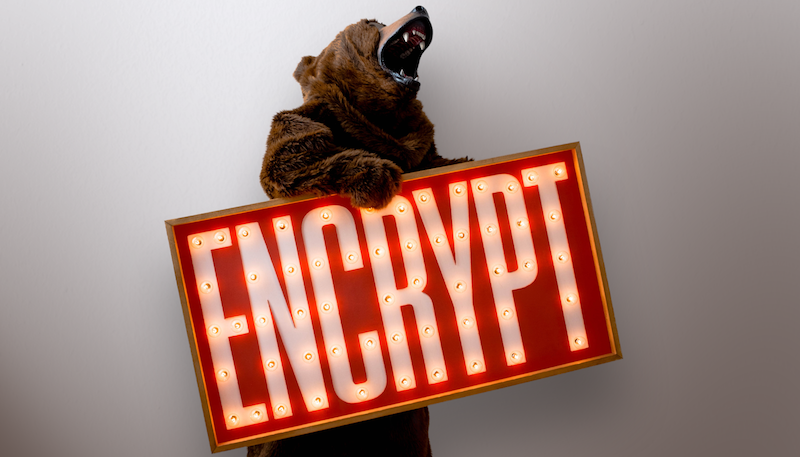Security 101: The TunnelBear Guide to Securing a New Computer
You’ve made the investment in a new computer - congratulations! Before you start filling your system with your favourite apps and that funky wallpaper only you understand, there are a few simple-but-important steps you should take to protect your computer from potential security breaches.
Here are 5 simple steps you can take right off the bat to ensure you have the basics covered:
1. Set up 2 factor authentication / 2 step verification
If you only do one thing to improve your online security today, enable 2 factor or 2 step verification on your email accounts. Your email is often the gateway to all your online accounts so it needs some extra protection. Put simply, 2 step verification is a second, independent way of confirming who you are. It often comes in the form of a text message with a code, or an app that generates a rotating code. Many services offer it and it’s quite easy to set-up. For example, Gmail has a great primer to get you started. Yahoo and Microsoft also have 2 factor authentication enabled.
For your social media accounts, Facebook, Twitter and LinkedIn have all recently added this ability so it’s easy to keep your online accounts secure.
Whenever you sign up for a new service, check to see if 2 factor authentication is offered. It could be the deciding factor in selecting one service provider over another.
2. Lock down your hard drive with disk encryption
One of the most important changes to computer security in the last several years has been making disk encryption accessible and easy. Both Apple and Microsoft now offer simple, built-in encryption options: FileVault and BitLocker.
Full disk encryption will keep your files physically secure in case of theft, so turn them on. There are guides for Apple and Microsoft to make the process simple. BitLocker is not available for all Windows versions (and has been criticized for some features), so an alternative is the free TrueCrypt.
3. Use a password manager
Nowadays, we have passwords for everything. There’s a password to access your computer, log into your email, open your documents, start a chat with your friends, share on social media - the list goes on. Your brain isn’t meant to hold all those passwords.
With a password manager you can set random, complex passwords and give your brain a well-deserved break. Well-designed password managers have very high levels of encryption and provide peace of mind when your LinkedIn login shows up on haveibeenpwned.
With unique passwords for all your accounts, you don’t have to change every password each time a website’s security is compromised. None of your accounts share the same pet names, so you don’t need to worry about hackers socially engineering all your passwords.
4. Use privacy plugins for your web browsing
Third-party Internet browsers, like Firefox and Chrome, beat IE or Safari because of the many privacy-boosting plugins they offer. We recommend a couple absolute must-haves: Privacy Badger and uBlock Origin (Chrome, Firefox).
These plugins block third-party trackers that lurk in the background of nearly all websites. For the advanced user, uBlock Origin also has additional options to short-circuit things like intrusive advertising or social media buttons (which also track you across the web). Another option, which requires some extra effort to set up, is to use a plugin that controls website cookies (Firefox, Chrome).
5. Keep your Internet usage private with TunnelBear
Governments, advertisers, hackers and even your ISP can keep a regular eye on what websites you visit, who you communicate with, and just about everything you do online. Using TunnelBear eliminates many of the ways your Internet activities are tracked and also prevents the risk that your personal data could be hijacked on risky networks like public Wi-fi. It’s also really easy. For more information, have a look at our "Why VPN" page.
With these 5 simple steps implemented on any new (or any existing) computer, you’ll be well on your way to achieving badass, Grizzly-grade security.
Grizzly Regards,


